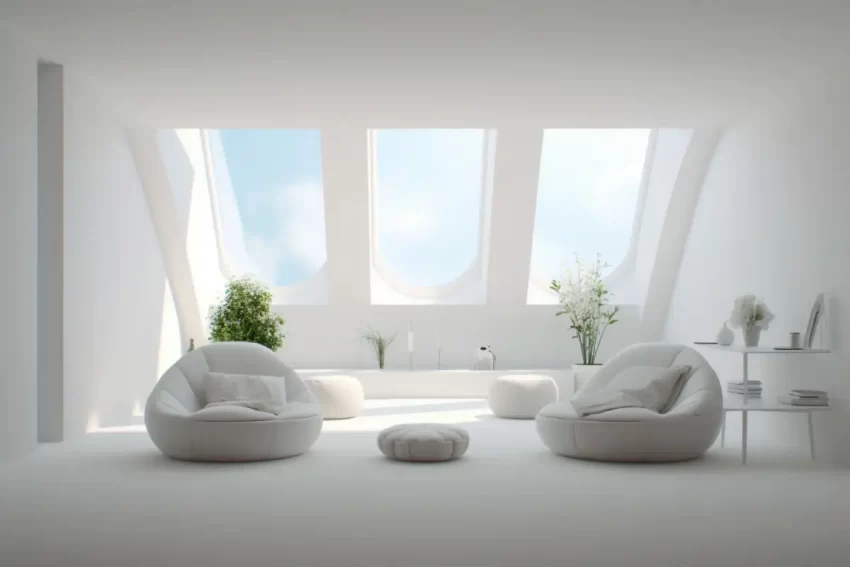Selling your home can be a pivotal financial decision, and presenting your property to its fullest potential is essential in standing out in a competitive market. Home staging isn’t just a buzzword—it can directly impact how buyers perceive your space and how quickly your home moves off the market.
If you’re thinking of selling in Mountainview or the surrounding region, consulting a Mountainview real estate agent Jacob Sloan can connect you with up-to-date staging strategies tailored for your area. The right advice and a few staging adjustments can help position your property as every buyer’s dream home.
Whether you’re preparing for your first open house or refining your space for private showings, understanding the core principles of home staging gives your property an important edge. This guide walks you through each essential step, providing actionable tips to transform your home and enhance its value in the eyes of potential buyers.
Understanding Home Staging
Home staging is the strategic preparation of your home for sale with the goal of making it as attractive and appealing as possible to potential buyers. This process involves highlighting the property’s strongest features while minimizing any perceived flaws.
According to the National Association of Realtors, 83% of buyer’s agents indicated that staging a home made it easier for clients to visualize the property as their future residence. Effective staging isn’t about deception—it’s about ensuring every buyer can see themselves living comfortably in your home.
Declutter and Depersonalize
One of the first and most crucial steps in staging is to declutter every room and remove personal touches. Take down family photos, personal collections, and family-specific memorabilia. Buyers need to imagine living in the space, and personal items can distract from that vision.
By organizing closets and storage areas and packing up unnecessary items, you help make your home feel larger, cleaner, and more inviting. Begin with the main living spaces, then tackle bedrooms, bathrooms, and even closets, ensuring everything is neat and streamlined.
Enhance Curb Appeal
The outside of your home creates the first impression for buyers. Simple tasks such as mowing the lawn, trimming hedges, and planting seasonal flowers can make your property far more inviting. Ensure that walkways are clear, house numbers are easily visible, and exterior lighting functions properly. A fresh coat of paint on the front door, a new welcome mat, or attractive potted plants can all contribute to a welcoming atmosphere. Attention to these details doesn’t just attract buyers—it can signal that the entire home is well-maintained.
Optimize Furniture Arrangement
Furniture should create an intuitive flow through each room and effectively showcase the intended use of each space. Avoid overcrowding rooms with excess furniture, as this can make spaces feel smaller than they are. Instead, select a few key pieces that establish function and comfort for each area. For open-plan homes, use furniture to subtly define separate areas, such as using a rug to designate the living space from the dining area. The right layout invites buyers to move seamlessly from room to room and helps them imagine their own furnishings in the space.
Neutralize Color Schemes
Bolder color choices can express personality but may not have universal appeal. Painting walls in neutral hues, such as soft white, beige, or gentle gray, creates a blank slate. These tones help rooms feel brighter and larger, enabling buyers to envision their own décor within the space.
If repainting isn’t practical, consider using slipcovers or neutral accessories to soften the room’s look. According to Homes & Gardens, neutral color palettes consistently appeal to the largest number of buyers and can even boost a home’s sale price.
Maximize Lighting
Lighting is crucial in creating a house that feels open, airy, and welcoming. Open all curtains and blinds to allow natural sunlight in, and replace outdated or dim light fixtures with modern alternatives. Use high-wattage bulbs specifically designed for living spaces to achieve the brightest look possible.
Placing large mirrors on walls facing windows can amplify natural light and add the illusion of more space. Even small changes, such as updating lampshades or cleaning windows, can have a significant impact on the overall brightness of a home.
Add Finishing Touches
Small but thoughtful details, such as a vase of fresh flowers, crisp linen towels in the bathroom, or a bowl of fruit on the kitchen counter, can provide a sense of style and warmth. Carefully chosen artwork, elegant area rugs, or stylish throw pillows lend a pop of color without overwhelming a room.
Aim for a look that is inviting and harmonious—one that allows buyers to feel at home while still letting your home’s best features shine. For additional style inspiration, sites like Homes & Gardens offer numerous staging ideas to suit every taste. Adding mirrors in strategic places can also make rooms feel more spacious and bright. Above all, keep personal items to a minimum so potential buyers can easily imagine themselves living in the space.
Consider Professional Help
If staging feels overwhelming or you want to guarantee the highest standard, professional home stagers can be a wise investment. These experts bring experience in maximizing space, highlighting architecture, and staying current on market trends to attract the broadest audience. They often provide flexible services ranging from consultations to full-service staging.
While it’s an added upfront cost, hiring a stager can accelerate your home’s sale and even yield a higher final offer, making it a cost-effective strategy for many sellers.
Successful home staging positions your property as desirable and memorable, helping buyers emotionally connect with the space. Thoughtful updates and a welcoming presentation not only attract more interest but can also translate into a quicker, more profitable sale. In a shifting real estate landscape, the effort spent on preparation is an investment in your sale’s success.

